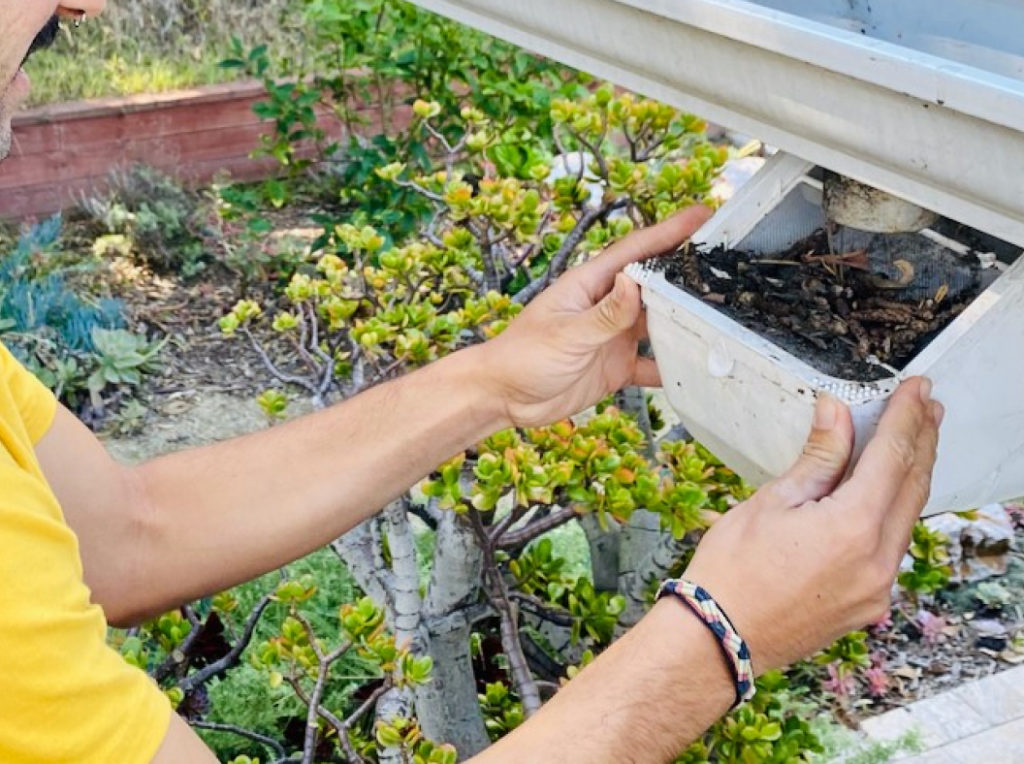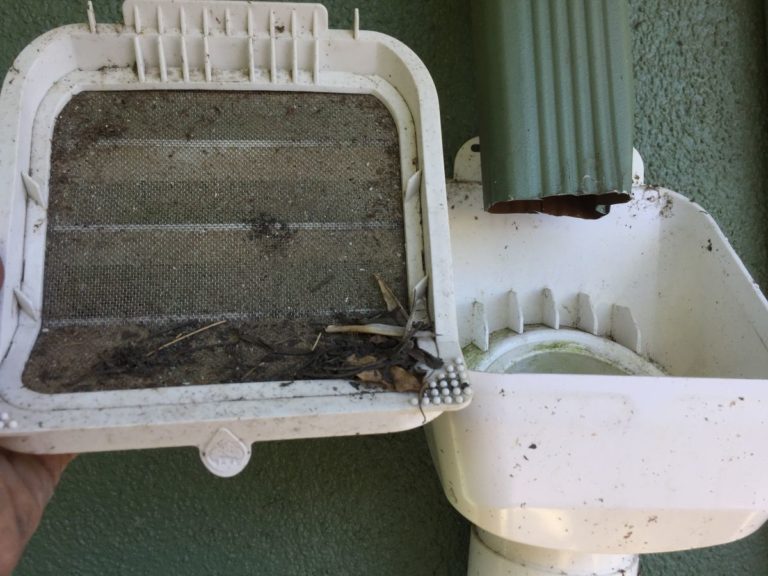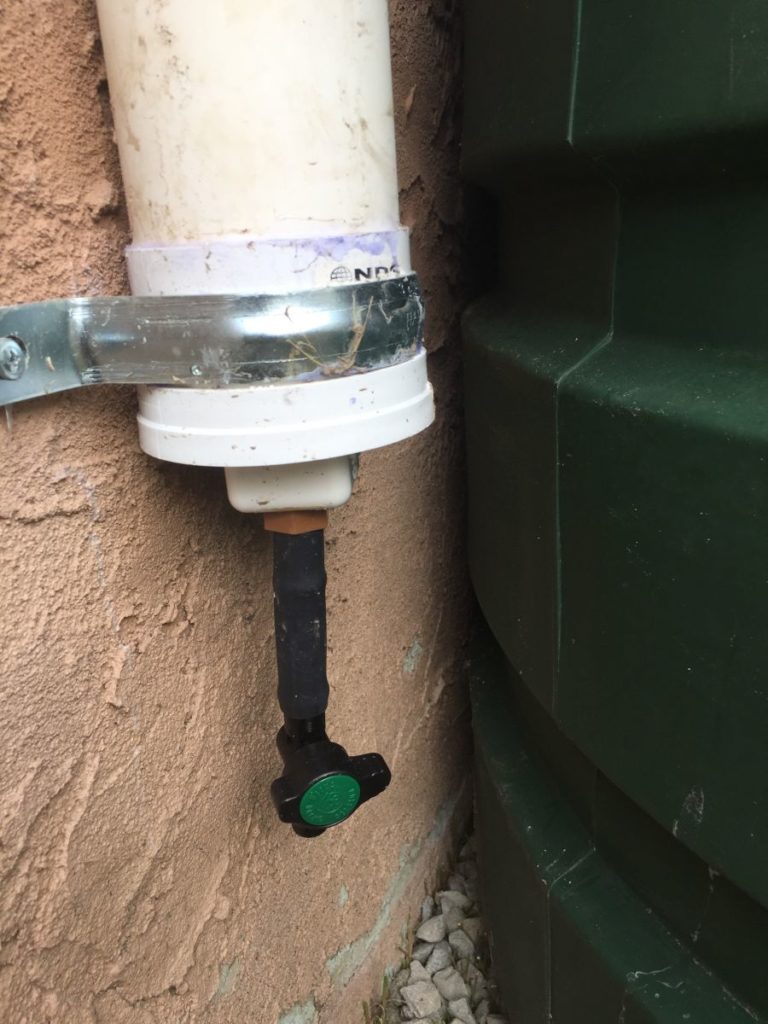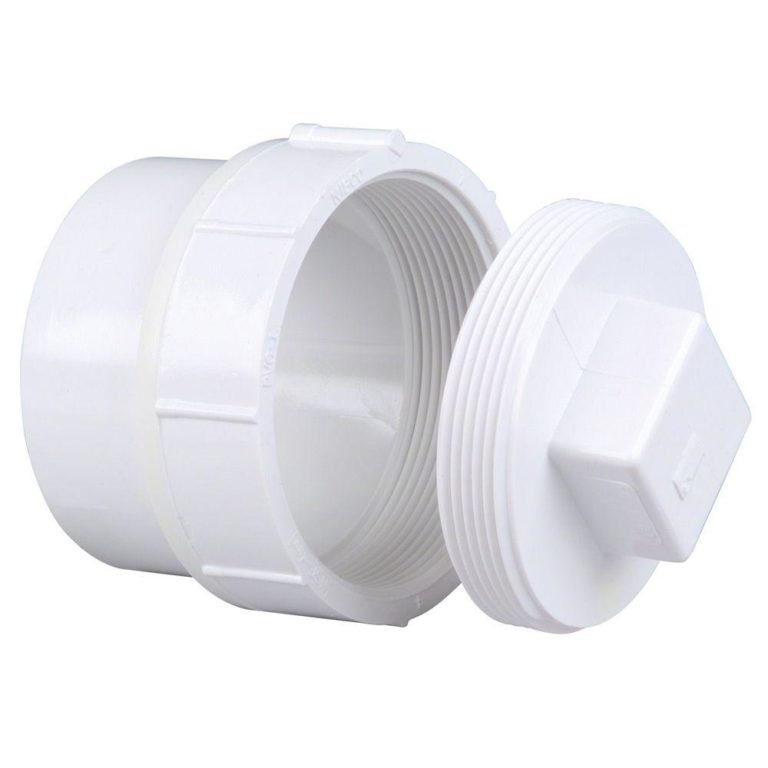HEADING INTO THE RAINY SEASON
We are so excited for rainwater tanks all over San Diego to fill, some for the first time. Even a small rain event can fill a tank depending on the size roof that is being drained.

If you haven’t already, now is the time to clean your filters. Or contact us to perform your annual maintenance.
Your first step, is visually inspect your leaf filter. If there is even a small amount of debris on it, you can easily pop the plastic frame holding the screen off the filter box and wash it out with a hose.

You will need to unscrew the 3″ cap at the bottom of the filter set. Depending on who installed your system and when it may look different than the ones above. Essentially the idea is the same. Once you open up the cap, rinse it out and clear any debris from your first flush. You may need large channel lock pliers to unscrew the cap, or someone with good grip strength. Finally, carefully reassemble the filter. If teflon tape was previously used on the threads, you may need to reapply.
In some instances an additional filter (sediment bag) was installed, especially if you have a pumped system or no leaf filter. If a sediment filter (seen on the left here) was installed, it will be located inside the tank at the inlet of the pipes coming from the roof. This is installed on a slide mount for easy removal. Remove the bag and clean it out before replacing it.

Did you notice last year how quickly your “barrels” filled? You may already know that a 1000 square foot roof will shed 600 gallons in a single inch of rain! It rains around 10″ per year on coastal San Diego. It may be time to consider getting a tank! Many CatchingH2O customers have replaced their 55 gallon barrels with 500, 1000, and bigger tanks only to still be impressed at how quickly they fill! It’s very satisfying to have this much water around when the rains are gone to continue to water your plants! Check out this 105 gallon turned 1000 gallon system!






